One of the pleasures of my job (or rather my self-employment) is travelling around the country giving talks to railway and historical societies.
The latest one took me to Barton-on-Humber. And despite the big clue in its name, I had to look for it to discover that it was south of the river in the shadow of the Humber Bridge. Interestingly, too, it was one of the few places that could not be reached with just one change of train from London. That’s because the branch line that ends at Barton was built in the 1840s from the coast inwards - from a junction with the lines to Grimsby and Immingham.
One of the pleasures of my job (or rather my self-employment) is travelling around the country giving talks to railway and historical societies.
The latest one took me to Barton-on-Humber. And despite the big clue in its name, I had to look for it to discover that it was south of the river in the shadow of the Humber Bridge. Interestingly, too, it was one of the few places that could not be reached with just one change of train from London. That’s because the branch line that ends at Barton was built in the 1840s from the coast inwards - from a junction with the lines to Grimsby and Immingham.
This is lovingly told in a delightful book - The Railway comes to Barton-on-Humber 1844-1914 - by Anthony Berridge, who has also uncovered details about the amazing network of 32 mostly narrow-gauge lines that led to every substantial factory in the area.
It’s an astonishing illustration of the importance of the railway in Victorian times, when no other efficient means of mechanised transportation was available.
And it is learning about such history that makes giving talks at these distant parts of the network so rewarding.
Today, to reach Barton from London, one has to change first at Doncaster onto a TransPennine Express service, and then at Habrough onto an East Midlands Railway train.
This second change is not a good connection, since I was scheduled to sit for nearly an hour at Habrough in order to reach Barton - which in fact is a mere four miles from the much better-frequented service at Hessle on the other side of the bridge.
In fact, Barton only survived the Beeching closures as it was the terminus for the ferry before the bridge was built, and now it apparently merits only a two-hourly service
No matter, I wanted to get to Barton by train. But unfortunately I failed, neither reaching the town nor managing to leave it by rail.
All was well until Doncaster, where there was a wonderful range of reasons for services that were cancelled or arrived too late for my purposes: “difficulties with unruly passengers at Sheffield”, “a police incident” and “signalling problems in the Scunthorpe area”.
Suffice to say that after two hours in Doncaster, I ended up on a service to Scunthorpe where the kind host of my talk had to pick me up, a 12-mile drive from Barton.
I had hoped to take the train back from Barton the following morning… but to no avail. Because a Class 170 train had broken down and there were no spare sets, all trains to Barton had been cancelled (the branch there is the first to be sacrificed when there is a shortage of stock).
So, rather like Godot’s mates, I was left waiting to experience the service on the line.
To be fair, the bus replacement service, with a very skilled and efficient driver, was excellent and got me to the connection at Habrough ten minutes early (which, in fact, was a bit naughty as he had not waited for the normal departure time at the intermediate stations).
No matter, the return journey was remarkably efficient.
Barton used to have an hourly service, which local people found much more useful. A two-hourly service means that no one is ever really going to rely on the train, as I found out.
By road, Barton is only nine miles to Barnetby, which is a junction and offers a far greater range of train services both to the east and west.
In a rational world, Barton would not have a train service. But since it still does, there is little point if it is so infrequent and vulnerable to the whims of the train company.
Login to continue reading
Or register with RAIL to keep up-to-date with the latest news, insight and opinion.



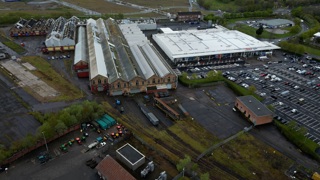
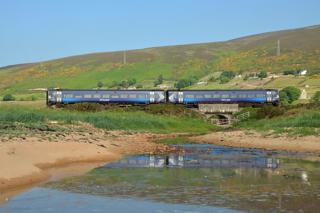
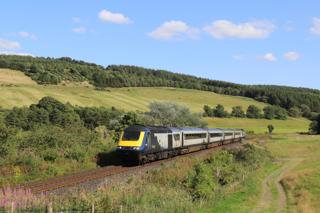
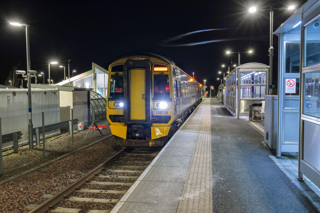
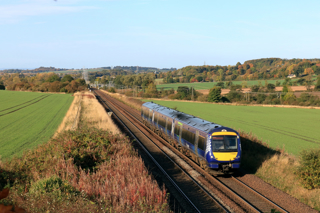




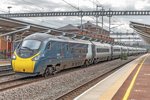







Login to comment
Comments
No comments have been made yet.